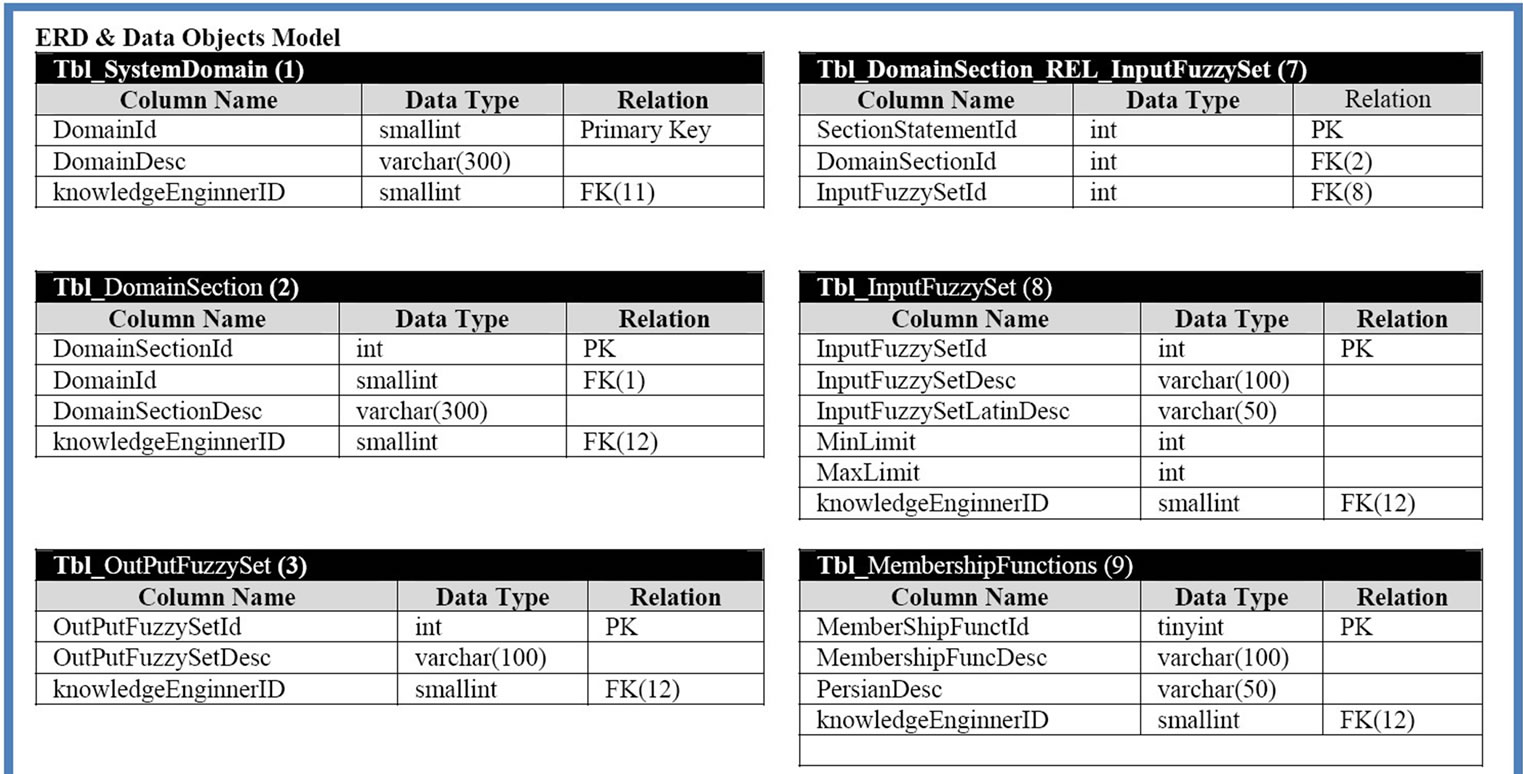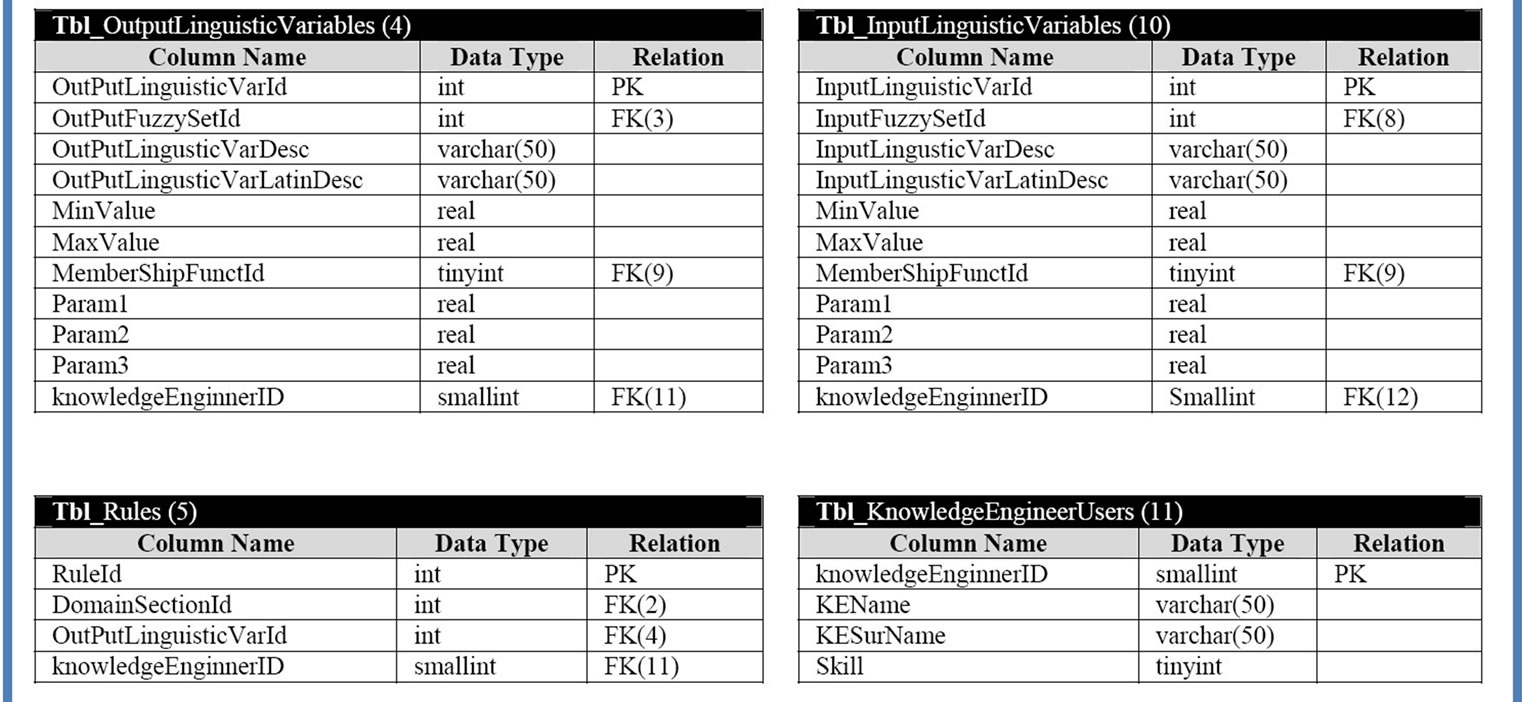Journal of Software Engineering and Applications
Vol. 5 No. 7 (2012) , Article ID: 19735 , 8 pages DOI:10.4236/jsea.2012.57058
Educational Advisor System Implemented by Web-Based Fuzzy Expert Systems
![]()
1Department of Computer Engineering, Islamic Azad University-Malayer Branch, Malayer, Iran; 2Department of Computer Engineering, Faculty of Engineering, Arak University, Arak, Iran.
Email: mehdigoodarzi@azad.ac.ir, rafe@iust.ac.ir
Received April 12th, 2012; revised May 19th, 2012; accepted May 30th, 2012
Keywords: Fuzzy Expert Systems (FES); Knowledge based systems; Web-based; Grade Point Average (GPA)
ABSTRACT
Using of the Internet technology and the field of Fuzzy expert systems has proposed new branches of sharing and distributing knowledge. However, there has been a general lack of investigation in the area of web-based Fuzzy expert systems (FES). In this paper the issues associated with the design, development, and use of web-based FES from a standpoint of the benefits and challenges of developing and using them. The original theory and concepts in conventional FES were reviewed and a knowledge engineering framework for developing them was revisited. Student in an educational place need an educational advisor for solve problems. Some of educational circulars order changing because advisor must update information away. The student’s request is linguistic and crisp Expert System cannot solve problems completely. In my approach we build Web-Based Fuzzy Expert System for Student Education Advisor (FES-SEA) and stays in university portal. This system implemented with ASP.NET, SQL-SERVER 2008.
1. Introduction
Decision Support Systems as a field of study in artificial intelligence, are based in mimicking the behavior of human in problem solving and finding the pattern of solutions. In real world, if no certain and straight-forward solution cannot be found for a specific problem, experts are asked for help. Experts, in their own way, which often includes trial-and-error methods, solve the problem. Since there is no specific solution for this kind of problem, defining the method of achieving the solution for a computer is difficult. Therefore, expert systems are used to reach that goal. In these systems, the program consists of asset of a set of rules. The knowledge in human’s brain is also a set of if-then rules. M. H. Goodarzi [1,2] proposed the fuzzy application in Student Evaluating System, Portfolio Advisor System, in which fuzzy concepts can help in converting many crisp inputs to specific linguistic variables and covering many entries with fuzzy rules and inference. In [3] a web-based fuzzy expert system is used to help inexperienced Indian farmers in pesticide of their farms. The first version of this system was introduced in 1995 in a single-user form. In [4], a webbased fuzzy expert system is proposed in the field of e-commerce. In forums, usually somebody starts a discussion and expresses his/her opinions and approaches to a particular problem [5]. Proposes a model for creating a fuzzy-based expert forum that intelligently responds to questions asked by users. Finding the right broker at the right time is another issue that requires expertise. This may be the reason for which inexperienced investors loose in stock markets. In [6] a stock expert system model is proposed. The goal of this system is to make a good suggestion based on information about goods and market in order to reduce the loss and increase the benefit. Educational consulting system tries to mimic the behavior of the staff addressing the educational consulting issues.
Current paper includes four major sections: in Section 2, offers some examples of fuzzy rule-based systems and introduces the proposed model. In third section describe proposed systems are discussed, in Section 4 the educational consulting expert system is discussed. Finally, a conclusion is provided. In [7] a fuzzy expert system for Intelligent Tutoring Systems with a cognitive mapping is proposed. Human cognition has become one of the cutest areas in artificial intelligence to emulate human susceptibility. [8] Suggest the new fuzzy method for hotel selection and made the hotel advisory system (HAS). In [9] the intelligent method for Modeling Human Cognition is recommended.
2. Literature Review
Each year in India, many farms are ruined due to pests attack because inadequate experience of the farmers. The loss was about 6.3 billion dollars in 2001. Soybean Pest Expert System (SOYPEST) [3], a fuzzy expert system, asks fuzzy questions in order to generate a web-based response for the user. SOYPEST is created by using JESS and gradually became more accurate by receiving feedback from the users and the experts.
In e-business, the buyers should be assisted when facing ambiguities during shopping and fuzzy expert systems can play an important role regarding that. In [4] a business-to-customer (B2C) model is proposed which seems to have a fundamental problem: the access level and competition are considered as fuzzy system rules. The major part of this work, concentrates on that and other issues in e-commerce like demand for purchase, production of goods and the price are not included in the rule base. It is also considerable that provider sites can be included as a set of fuzzy rules in which various fuzzy sets (like the quality of goods, the number of customers on-line, the price, available number of goods, …) are taken into account in decision making.
Interactive information interchange and creating forums on the web are important issues which attract many researchers. One of the best known tools for this purpose is VBulletin. There are reasons that support the possibility of receiving:
1) Irrelevant answers.
2) No answers at all.
3) Different confusing answers from several other users.
4) Unclear answers.
These reasons can be considered as the Achilles heel of such systems. In [5], linguistic expressions are categorized and then n-gram algorithm is used to edit and convert the sentences to a proper format. This system supports 15 languages and by default the questions are multiple choice questions. Although the strong point of this system is its gradually improving knowledge base, the extended number and the expanded fields of topics, no considerable effort is done to find the best answer and the problem is solved through partial simulation of human’s brain.
3. Decision Support System (Student Consulting Expert System)
Most of students face problems related to educational rules and regulations during their education. These rules and regulations are changing every now and then and therefore an expert is needed to memorize these rules in order to be able to help students in their issues. The state of any student, according to the rules and regulations may differ from that of other students. Student State (SS) is a member of a fuzzy set with a degree of membership equal to .
.
The First Step: determining and fuzzificating the inputs to the system by using fuzzy rules. Following are some of the fuzzy sets of the system in hand:
• Fuzzy set for GPA
• Fuzzy set for passed courses
• Fuzzy set for marks of selected courses
• Fuzzy set for the rank and grade of student in the entrance exam and so on…
3.1. Fuzzification of the Crisp Variables of the Model
Students can be categorized according to their GPA into groups like A, B, C, D and E. This categorization can be expressed through linguistic terms like Excellent, Good, Middle, Week, Very Week.
The Second Step: determining the degree of membership of linguistic terms including 3 following phases:
Phase 1: for each term, the value nearest to the numeric equivalent of the linguistic term which has the maximum degree of membership is selected.
Here the highest value for the linguistic term “Excellent” is 20 and 0 has the highest value in “Very Week” fuzzy set.
Phase 2: for each term, the value (or values) which has (have) the membership degree of 0 is (are) determined.
Phase 3: point with  are connected to points with
are connected to points with  by lines to form a Gaussian (exponential) membership function. In cases in which there are more than one point with
by lines to form a Gaussian (exponential) membership function. In cases in which there are more than one point with , a Gaussian membership function is obtained. In the current model, membership functions can be Gaussian, Z-shaped and S-shaped. The membership function of GPA variable is shown in figure 1.
, a Gaussian membership function is obtained. In the current model, membership functions can be Gaussian, Z-shaped and S-shaped. The membership function of GPA variable is shown in figure 1.
3.2. Rule Extraction
Before After an interactive negotiation with experts, the

Figure 1. GAP membership functions.
obtained data are fuzzified. The previous section illustrates how GPA can be fuzzified. The following rules are the result of the negotiations:
If The GPA is Middle And The number of semesters which the student is small And The courses that are not passed can be taken and passed in one semester And The student hasn’t given any pledges And The student hasn’t received any disciplinary notices And The student hasn’t reached the maximum time period for his/her studies And The student has 5 marks between 10 - 12 And Some other student has had conditions similar to this Student
Then
To a large degree, it is possible that the student is allowed to continue his/her studies in the university by giving an Official pledge of achieving a GPA over 12 in the next semester.
Else
The Expert System cannot solve your problem.
3.3. Data Centralization
Define If the profiles of students are available in a centralized storage device, even these negotiations are not necessary and the system can provide the answer by directly accessing a student’s profile.
3.4. Putting the Information on the Web
Day by day development of the World Wide Web and applying multimedia tools along with the accessibility of web sites from any place in the world makes it feasible to design the user interface compatible with the web. Many expert systems in different fields of expertise are developed (EXSYS CORVID, XpertRuleKnowledge Builder, …) but few are applied. Since linguistic terms and fuzzy sets are used, the process for inference should be done on the client rater than the server so the server’s busy time is reduced. This procedure can be done by using browser executable languages like JavaScript, Java, VB Script, XML, AJAX and Applet.
3.5. Considering the Exclusion Issue of a Student
Before selecting the courses for the next semester, the students are checked and those who should be excluded are determined and prevented from registration for the next semester. The student’s advisor should address his/ her issue according to rules and regulations. Below are shown some questions and answers asked and answered by advisor and the student (respectively).
4. A Look Inside the System
First of all this approach is built by UML methodology. Investigation, analysis, design and Implementation documents are generated with Rational Rose case tool.
Then software is built on 5-tier layers and it is flexible, when one of layers is reconfigured or rebuild, another layers don’t changed.
1) Beginning, user selects type of consultation and enters crisp data in web application layer.
2) Control the input data same GPA, eventual count, educational level … is executed in Business Facade and Business rules layer.
3) Send a request for fuzzification the Crisp variables and rules generation to knowledge of system by data access layer with ADO.NET, then generate the linguistic variables just with view select, Stored Procedure & User Define Function Execution. This section makes a database abstraction and control the SQL-injection.
4) Linguistic variables send to inference engine and process with mamdani model [10]. This section accomplish by one stored procedure in database, by name Stp_Inference.
5) Fuzzy answers defuzzyfies and output crisp values generate, this section accomplish by one user defined function in database, by name Udf_Defuzzifier.
Finally advisor system evicts answer to user. Framework of system is shown in Figure 2 and data object model of system exist in Appendix 1.
5. Implementation Environment
System solution has 3 layers:
Web application layer include: boundary classes, web pages, functions and enumerations.
Business facade, business rules layer includes: control classes and methods, business classes and methods.
List of C# classes are:
1) FuzzyDecision.cs
2) FuzzyLogic.cs
3) FuzzyNumber.cs
4) FuzzyPattern.cs
5) FuzzyRuleInference.cs
6) FuzzySet.cs
7) FuzzyWords.cs.
The best section in my approach is Data access layer that is one class, by name: ClsDataAccess.cs and support ADO.NET frameworks and working connectionless completely. First of all students login to the university portal and select the educational advisor system link, then select their problems. System asks the questions that are related with this question. After fill the answer’s spaces by student the FES translate the student entries to linguistic variables and make the fuzzy rules and generate the fuzzy answer. Then with mamdani model changes the fuzzy answer to crisp data and report to student. Implementation architecture of system is shown in figure 2.
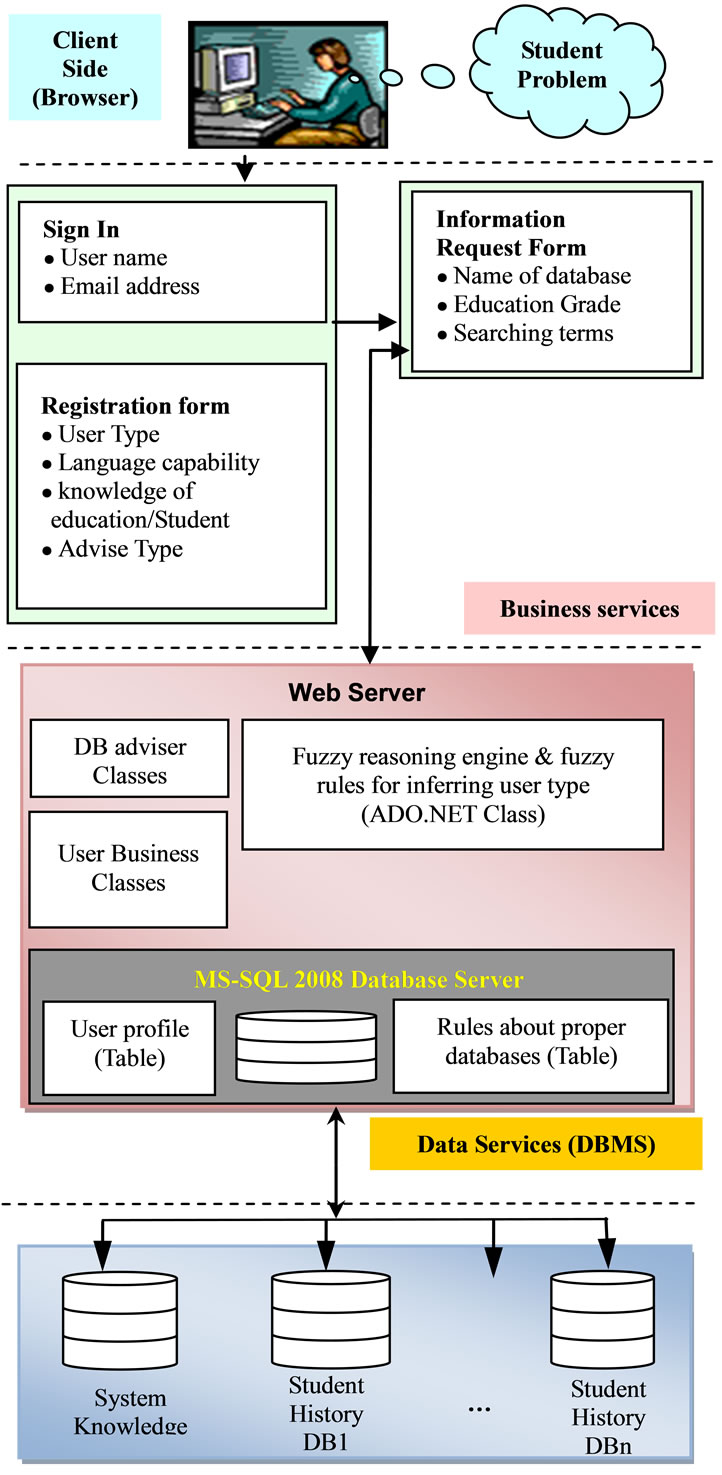
Figure 2. Implementation architecture.
The framework of FES is shown in figure 3.
6. Advantages of Fuzzy Expert Systems
The major advantage of these systems is that knowledge gradually turns into wisdom and can be used as a decision making tool in critical situations which replaces the conventional FAQ. Some other features are:
More accessibility: Many experiments can be done. Simply an expert system is a mass production of experiments.
Cost reduction: The cost of gaining experience by the user is decreased considerably.
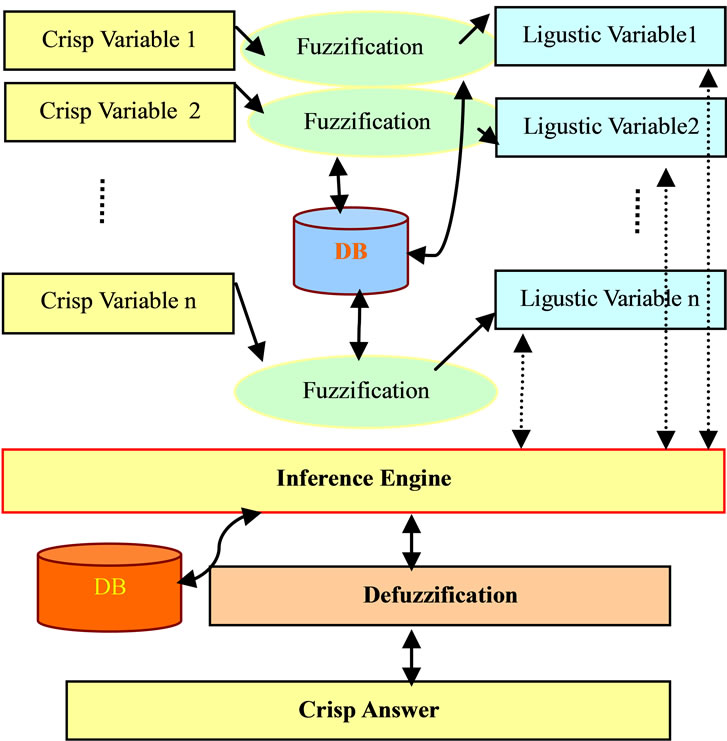
Figure 3. Framework of this fuzzy system.
Risk reduction: The expert system can work in environments dangerous, harmful or unpleasant for human.
Eternality: these systems don’t die.
Multiple experts: An expert system can be the result of knowledge elicitation of several experts.
More reliability: These systems don’t get tired or sick, they don’t go on a strike and they don’t conspire against their managers. On the contrary, these are often done by experts.
Explanation capability: An expert system can explain the way in which the results are obtained. On the contrary, due to many reasons (fatigue, unwillingness, etc.) experts are not able to provide such explanations all the times.
Quick response: Expert systems respond quickly.
Responsibility in any condition: In critical conditions and/or emergencies an expert may be unable to make the right decision due to stress or other factors while an expert system’s decision making is not affected by these events.
Experience base: An expert system can provide access to a massive amount of experience.
User training: An expert system can act like an intelligent tutor: problems are presented to the system and the way of reasoning can be obtained.
Ease of knowledge transmission: one of the most important advantages of expert systems is it is convenient to move the knowledge of the system somewhere else on the globe.
7. Environment of Software
This software will publish on the universities’ portal. The web forms of application is shown in figures 4 and 5.
8. One Real Experiment of Advisor System
Student eviction mutual conversation:
 What is your total average?
What is your total average?
 12.18
12.18
 How many units remain to pass?
How many units remain to pass?
 8
8
 How many pledges did you get before?
How many pledges did you get before?
 0
0
 How many disciplinary did you get before?
How many disciplinary did you get before?
 1
1
 How many semesters did you study?
How many semesters did you study?
 9
9
 How many marks under score 10?
How many marks under score 10?
 8
8
 How many units do you passed?
How many units do you passed?
 130
130
The crisp student’s answers, fuzzy values and the linguistic values of each question are shown in table 1.
9. Inference Phase
IF fv1 is middle And fv2 is small And fv3 is small And fv4 is middle And fv5 is high And fv6 is high And fv7 is high
THEN
You are probably 20 percent evicting.
ELSE
Not in knowledge base.
10. Conclusion
In the beginning of this paper a glance to definitions and introduction to fuzzy logic and fuzzy decision making was taken. Then, some implemented examples of such systems are presented and finally, a web-based student consulting expert system is proposed. In the end, the capability of the system in enhancing the consulting process is shown.
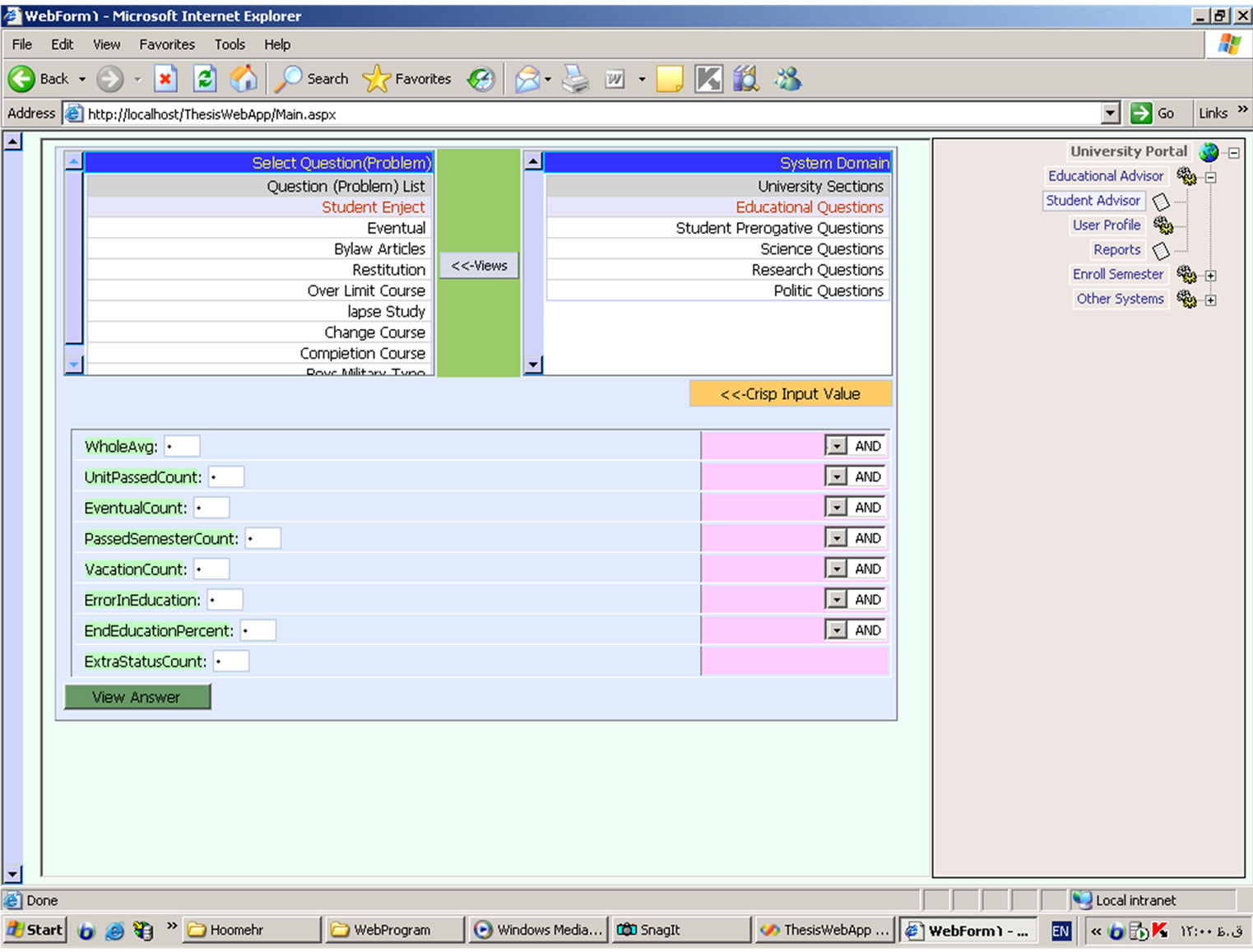
Figure 4. Fuzzification and rule extraction phase.
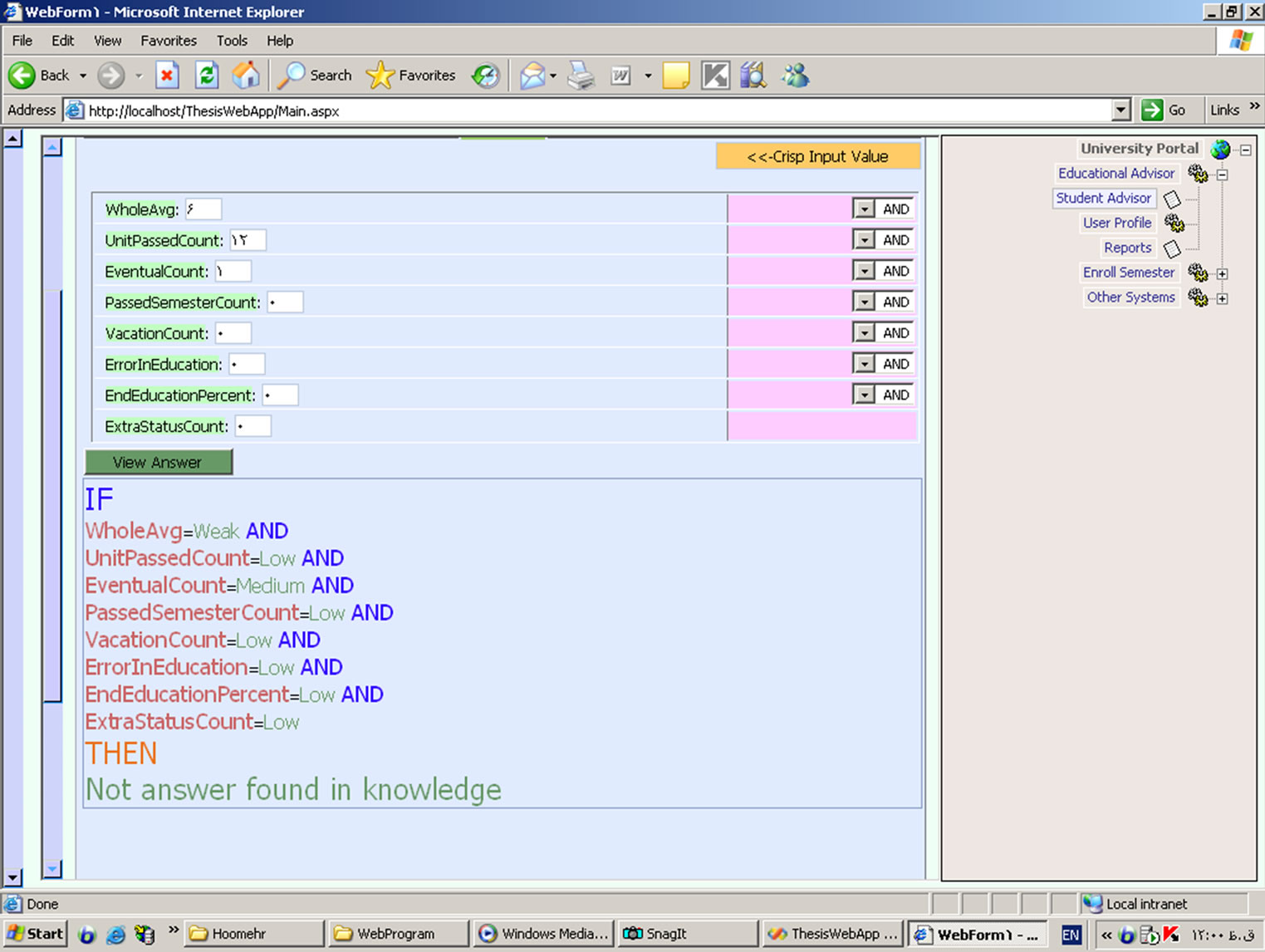
Figure 5. Inference and defuzzification and make answer.

Table 1. Fuzzification experiment entries.
11. Acknowledgements
This project supporting by the Islamic Azad University, Malayar Branch.
REFERENCES
- M. H. Goodarzi, “Evaluating Students’ Learning Progress by Using Fuzzy Expert Systems,” 6th International Conference on Fuzzy Systems and Knowledge Discovery, Tianjin, 14-16 August 2009, pp. 248-252. doi:10.1109/FSKD.2009.313
- M. H. Goodarzi, “A Web-Based Implementation of a Portfolio Advisor System Based on Fuzzy Expert Systems,” IEEE 6th International Conference on Information & Communication Technology and System ICTS, Surabaya, 28 September 2010, pp. 15-22.
- H. S. Saini, R. Kamal and A. N. Sharma, “Web Based Fuzzy Expert System For Integrated Pest Management in Soybean,” International Journal of Information Technology, Vol. 8, No. 1, 2002, pp. 55-74.
- F. Akhter, D. Hobbs and Z. Maamar, “A Fuzzy LogicBased System for Assessing the Level of Businessto-Consumer (B2C) Trust in Electronic Commerce,” Elsevier, Vol. 28, No. 4, 2005, pp. 623-628.
- Y. M. Huang, J. N. Chen, Y. H. Kuo and Y.-L. Jeng, “An Intelligent Human-Expert forum System Based on Fuzzy Information Retrieval Technique,” Expert Systems with Applications, Elsevier, Vol. 34, No. 1, 2008, pp. 446-458. doi:10.1016/j.eswa.2006.09.037
- P. E. Merloti, “A Fuzzy Expert System as a Stock Trading Advisor,” 2012. www.merlotti.com/EngHome/Computing/fes.pdf.
- M. H. F. Zarandi, M. Khademian and B. Minaei-Bidgoli, “A Fuzzy Expert System Architecture for Intelligent Tutoring Systems: A Cognitive Mapping Approach,” Journal of Intelligent Learning Systems and Applications, Vol. 4, No. 1, 2012, pp. 29-40. doi:10.4236/jilsa.2012.41003
- E. W. T Ngai and F. K. T. Wat, “Design and Development of a Fuzzy Expert System for Hotel Selection,” Elsevier, Vol. 31, No. 4, 2003, pp. 275-286.
- Y. Joo and Y. An, “Intelligent System Modeling for Human Cognition,” 5th International Conference on Convergence and Hybrid Information Technology ICHIT, Springer, Daejeon, 22-24 September 2011, pp. 529-536.
- W. Siler and J. J. Buckley, “Fuzzy Expert Systems and Fuzzy Reasoning,” John Wiley & Sons, Inc., New York, 2005.
Appendix 1: Entity Relationship of System in Database
